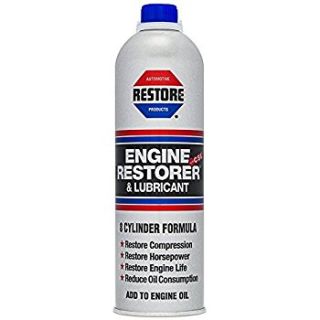Like the title implies does anybody have any knowledge if it’s common practice to use Engine Restorer to bump compression when selling a used engine? For those not aware of the product (like I wasn’t) it “fills worn areas of the cylinder walls to reduce blow-by and restore compression to near original levels.” Bottle looks like so.

A bit of backstory, I bought an NA Miata a few months ago that had a used engine with 103k swapped into it, and I have had no issues so far. However I had Blackstone Labs analyze my first oil sample after 3400 miles and they came back with this
“Copper and lead are off the charts in the first sample from your Miata. These metals suggest excessive bearing wear, unless you added some Restore at a previous oil change. The additive contains a lot of copper and lead. If you haven’t used Restore, we’d be concerned about a bearing problem. Lucas explains the thick viscosity, and that’s fine. Silicon looks more like a harmless sealer than dirt, but it wouldn’t hurt to check air filtration. Averages for the engine type are based on ~3,700 miles of oil use. Any knocking sounds? Check back in 2k miles if all is well.”
I’ve spoken to the previous owner who did the swap and he said that he never used the product which doesn’t leave me with a lot of hope. So the only line of thinking I really have left is that whoever sold him the engine added some Restore so that if it was compression tested it would appear to have healthy compression. If anybody has any insight I would appreciate it.